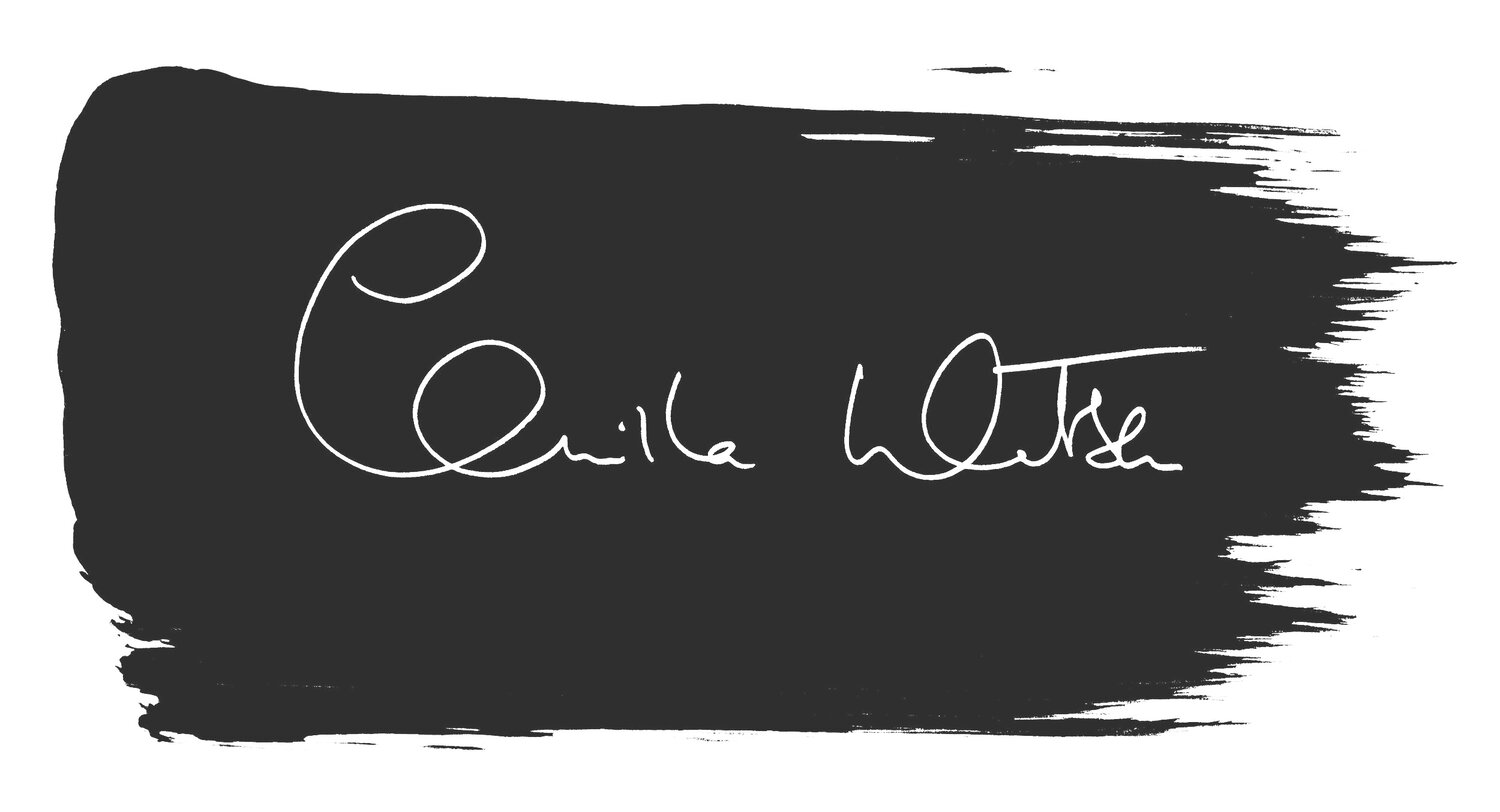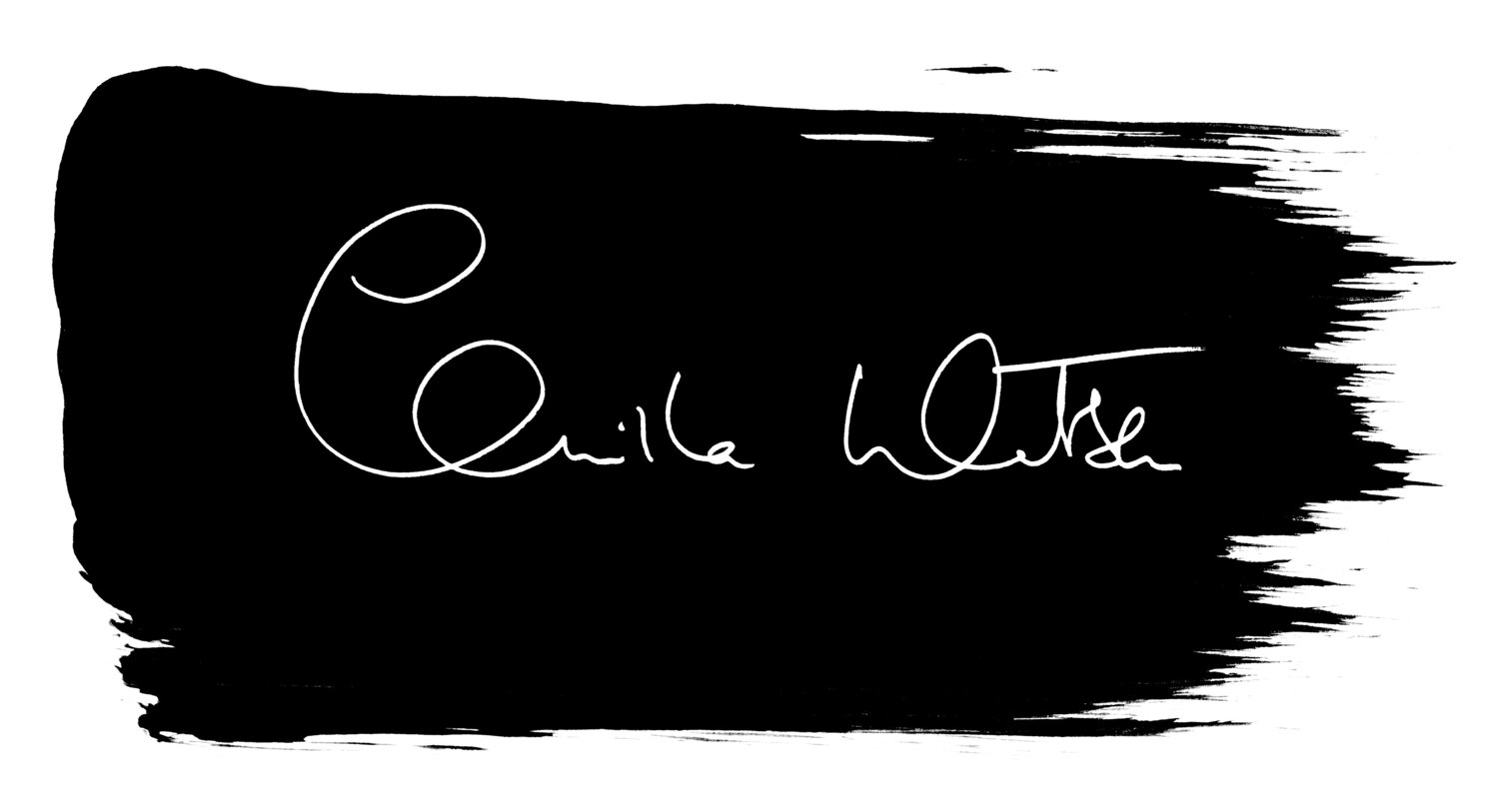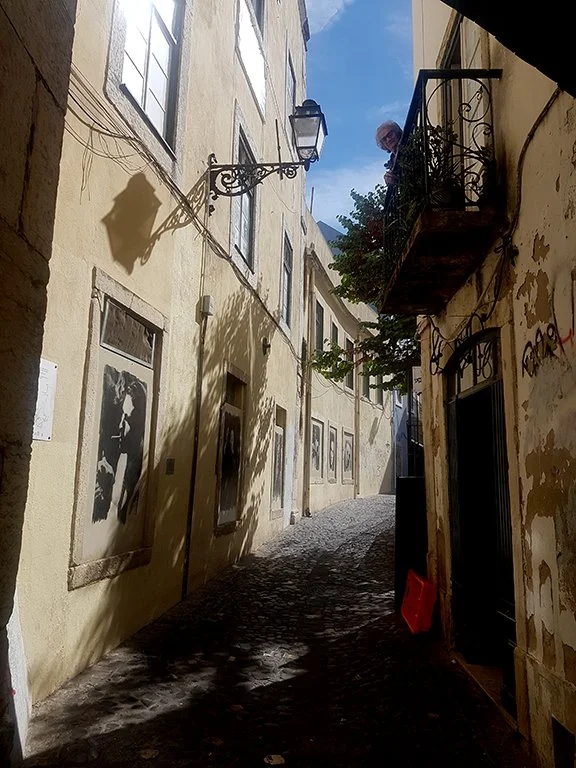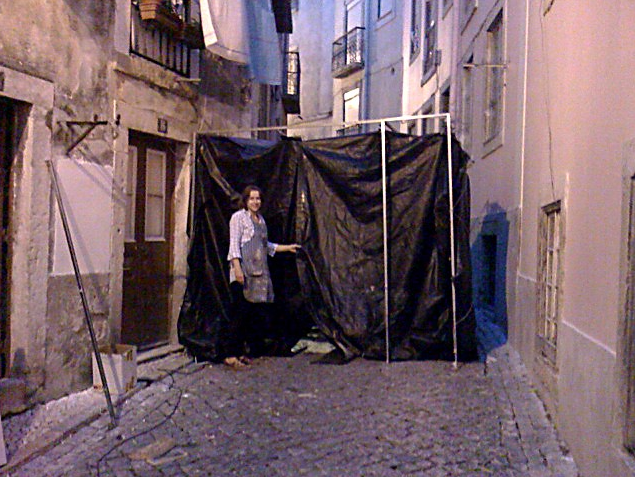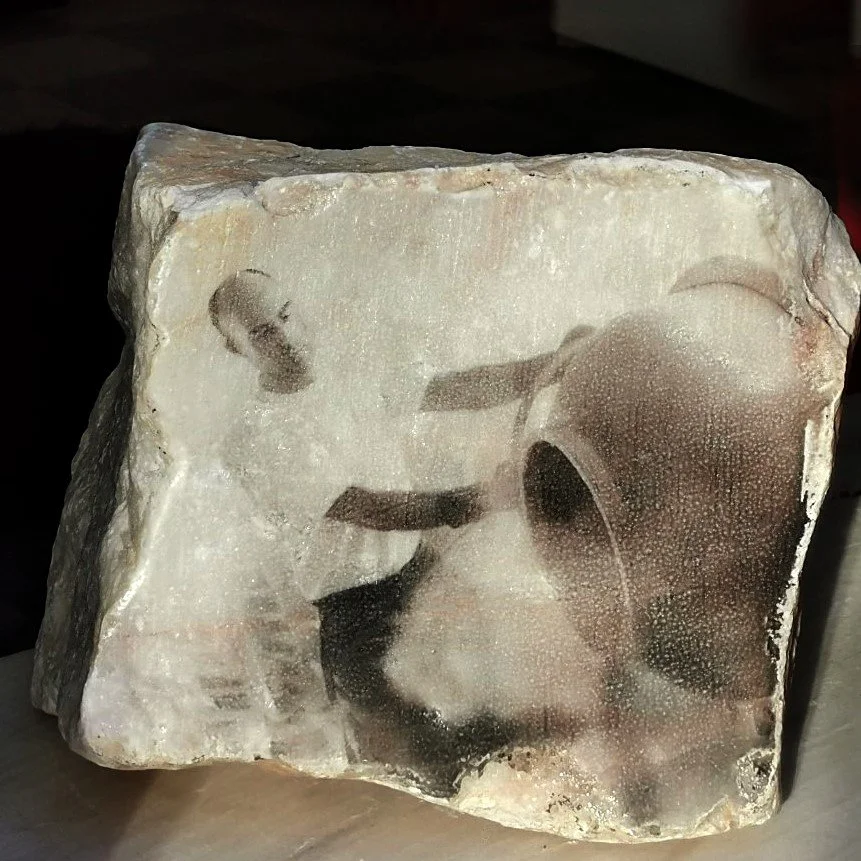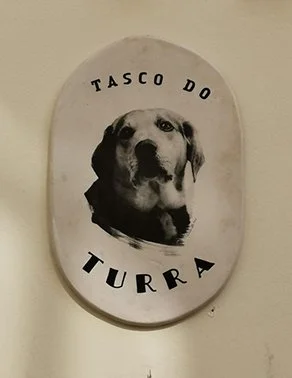My printing process has become key to the success of outdoor exhibits. Since arriving in Lisbon I have been experimenting with a variety of surfaces. One thing they all have in common is that they are prepared for the rain, the sun and the humidity! It has been a learning process, which has meant alot of failure and persistance. Never give up!
My first large print on wood. This is printed on a pine finished plasterboard. I seal it with varnish. I use a silver gelatin which is put in a banhomaria, in the darkroom. When it is in liquid form I apply it to the surface with a brush. It can be applied with a roller or spray gun. I tend to use a natural hair brush. Each surface needs to be prepared in a different way. The wood finish must be sealed to prevent the emulsion and chemicals being absorbed. If they go in too deep you cant wash them out. This piece has been washed for at least 40 minutes, with a short bath in a hypo solution beforehand to help remove the fixer and reduce washing times.
Getting more adventurous with a 1,5 metre print of fadista Fernanda Maria for the exhibit ‘Retratos de fado’ in Mouraria. These prints are drying outside my studio in the Largo dos Trigueiros in Lisboa.
The same large prints mounted in the Rua de Capelão in Mouraria for the fado exhibitin. They have been there since 2013.
My first success printing on a wall in Mouraria. After many failures! Printing on walls has been my biggest challenge, because you have to seal the light completley. This means the construction of a mobile darkroom and fixing it around where the image is to be printed. I use a slide projector to print. The wall has to be prepared well and sealed. You need a resistant exterior plaster, and a hardened gelatin must be applied before the silver gelatine goes on. This will help prevent the emulsion ‘lifting’ during the chemical process.
In this image you can see where there is one print already on the wall and the second space which has recently received plaster in preparation for another image. The platform is the base for my mobile darkroom. In this instance I needed a raised platform because I wanted the image high up on the wall. This corner of Mouraria has now been taken over by an excellent Mocambique restaurant called ‘the cantinho de Aziz’.
Here I have printed on marble, which is the hardest rock. The process is similar. The marble has been coated with a water based varnish and then a gelatin with hardener in it.
The image below is printed onto limestone, which is more porous and so requires greater care when sealing prior to printing.
Print on limestone.
